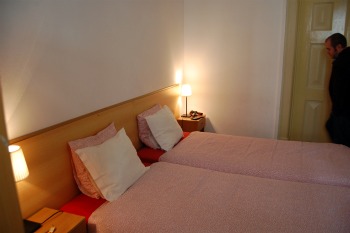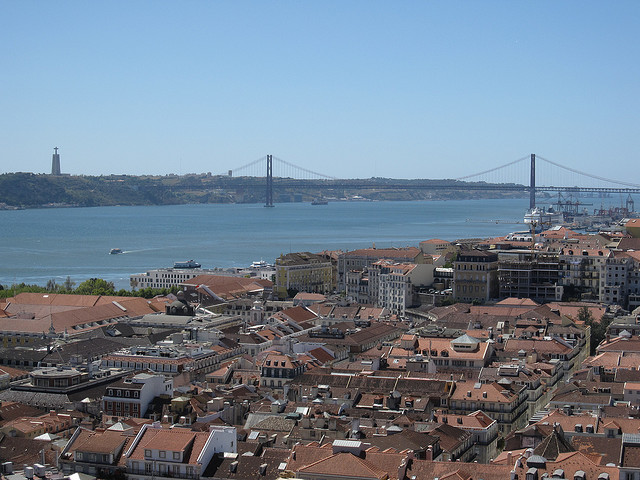
April in Portugal is mild and offers lovely days for sightseeing and exploring the outdoors. Pack a waterproof coat because it might get a bit rainy. Explore the cities but also enjoy some day trips.
Weather
The weather is one of the reasons Portugal is very popular among travelers. It’s always sunny here and, as a result, traveling is a lovely experience year round. April falls in spring and it’s a mild month. It can be quite rainy in the north and central regions, though. If you are looking to explore the outdoors and visit the sites, April is a lovely choice.
Sample temperatures:
Faro avg 19C / avg low 11C
Lisbon avg high 18C / avg low 10C
Porto avg high 16C / avg low 8C
>>read more about Weather in Portugal
Flights and accommodation
Unless you plan to visit Portugal during Easter (which falls on April 8 in 2012), you shouldn’t worry about booking the airfare and accommodation too far in advance. Hostels can be excellent choices if you are on a low budget.
With so many lost cost carriers serving Portugal, it’s a matter of finding the best offer for the time you plan to fly. Remember that typically, 4 to 8 weeks before departure the airfare tends to be cheaper.
What to do
IndieLisboa takes place in April and it’s an independent Portuguese film festival becoming more famous each year. But, of course, you need to speak Portuguese to be able to enjoy it.
Lisboa International Triathlon takes place in late April and you can definitely sit by the side and cheer the competitor. Or be inspired to take up sports yourself.
Lisbon Golf Coast Festival stars in early April and many golf clubs join in the fun and games. Maybe you’ve just discovered another passion.
Also, Liberty Day (April 25) is one of the holidays to keep in mind when planning the vacation in Portugal.
You should plan to do some Port tasting while you are here. Some other things to do in Porto include visiting the museums, sightseeing and enjoying the local cuisine.
While in Lisbon, plan to visit Belem , a historically important district in the capital. Other things to do in Lisbon include the museums, the monuments, a ride on Tram 28 – the iconic tourist tram – and see the city from above. And let’s not forget about the food and drinks in Lisbon either.
Put on the list the beautiful town of Sintra with its Moorish castle , located a short drive from Lisbon. And while you are here, you might want to check out the Palacio da Pena as well. It was built on the site of an old monastery and can be visited.
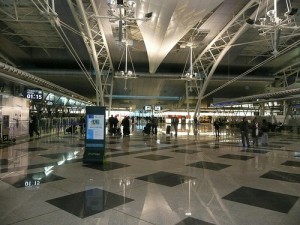
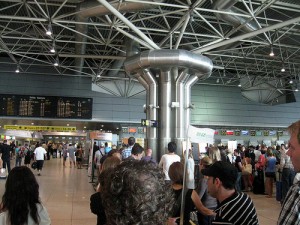
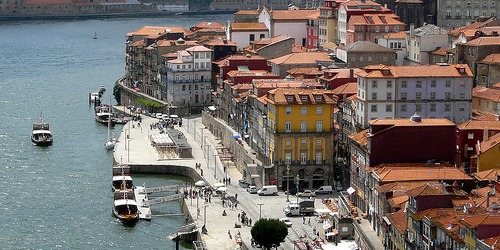 Porto is best known as the center of Portugal’s port wine production, and that’s probably what most visitors come for. Yet this charming city on the Douro river, with its colorful houses stacked seemingly on top of one another as the climb the city’s steep hills, is worth a visit even if you aren’t a wine-lover. For a quick taste, plan on 2-3 days, plus another if you plan to take a day trip to the nearby Douro Valley.
Porto is best known as the center of Portugal’s port wine production, and that’s probably what most visitors come for. Yet this charming city on the Douro river, with its colorful houses stacked seemingly on top of one another as the climb the city’s steep hills, is worth a visit even if you aren’t a wine-lover. For a quick taste, plan on 2-3 days, plus another if you plan to take a day trip to the nearby Douro Valley.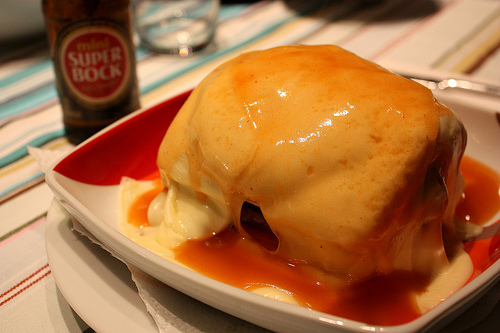 As in Lisbon and the rest of Portugal, cuisine in Porto relies heavily on fresh fish. Try bacalhau (cod) grilled, broiled, poached, or in a soup, or opt for other popular fish like grilled sardines, horse mackerel, cuttlefish, grouper, turbot, or mullet. Portuguese food also uses a lot of pork and sausage. Try the suckling pig or sausages like “chouriço” or “linguiça.” Alheira, a smoked sausage made of pork, poultry meat, wheat bread and olive oil, seasoned with salt, garlic and paprika, can also be found on menus all over Porto. For a splurge meal and a modern take on traditional local food, make reservations for the dining room at the beautiful Yeatman Hotel. And if you tire of Portuguese food, check out Sitar (one of a handful of restaurants offering international food) for excellent Indian food.
As in Lisbon and the rest of Portugal, cuisine in Porto relies heavily on fresh fish. Try bacalhau (cod) grilled, broiled, poached, or in a soup, or opt for other popular fish like grilled sardines, horse mackerel, cuttlefish, grouper, turbot, or mullet. Portuguese food also uses a lot of pork and sausage. Try the suckling pig or sausages like “chouriço” or “linguiça.” Alheira, a smoked sausage made of pork, poultry meat, wheat bread and olive oil, seasoned with salt, garlic and paprika, can also be found on menus all over Porto. For a splurge meal and a modern take on traditional local food, make reservations for the dining room at the beautiful Yeatman Hotel. And if you tire of Portuguese food, check out Sitar (one of a handful of restaurants offering international food) for excellent Indian food.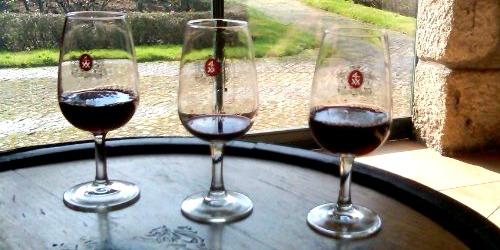 Porto (or Oporto) is the home of port wine. In the early 1700′s England was at war with France and so the people of England (longing for the delicious wine of France) searched for an alternative. They discovered the wines of Portugal, but quickly realized that the wine was spoiling before it made the long trip from Portugal to England. So the clever Brits devised a method of fortifying the wine to increase its longevity.
Porto (or Oporto) is the home of port wine. In the early 1700′s England was at war with France and so the people of England (longing for the delicious wine of France) searched for an alternative. They discovered the wines of Portugal, but quickly realized that the wine was spoiling before it made the long trip from Portugal to England. So the clever Brits devised a method of fortifying the wine to increase its longevity. Some, like Croft, Wiese and Krohn, and
Some, like Croft, Wiese and Krohn, and 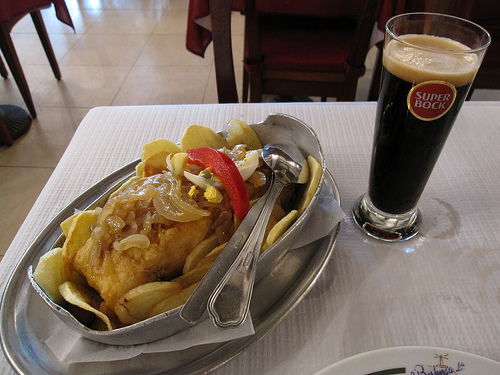
 The most typical desserts in Portugal are rice pudding and caramel custard, as well as cheeses (most Portuguese recipes don’t use cheese so it is only eaten before or after the meal). And of course, the most popular pastry is the pastel de nata, a small custard tart sprinkled with cinnamon. For a chocolate treat local to Lisbon, try “chocolate salami.” Melted chocolate is mixed with crushed up cookies, and then dried and sliced so it ends up looking like a slice of salami made of chocolate and cookies. Try it topping a cupcake at
The most typical desserts in Portugal are rice pudding and caramel custard, as well as cheeses (most Portuguese recipes don’t use cheese so it is only eaten before or after the meal). And of course, the most popular pastry is the pastel de nata, a small custard tart sprinkled with cinnamon. For a chocolate treat local to Lisbon, try “chocolate salami.” Melted chocolate is mixed with crushed up cookies, and then dried and sliced so it ends up looking like a slice of salami made of chocolate and cookies. Try it topping a cupcake at  The capital and largest city in Portugal, Lisbon offers plenty to see and do and more then enough activity to fill three to four days (more if you take some day trips). Here are a few ideas for things to do in Lisbon.
The capital and largest city in Portugal, Lisbon offers plenty to see and do and more then enough activity to fill three to four days (more if you take some day trips). Here are a few ideas for things to do in Lisbon.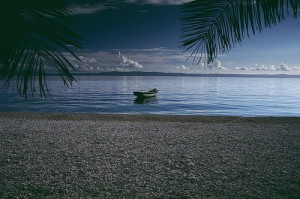 When planning your RTW trip, you need to have a budget. And that budget depends on what countries and cities you want to visit. In general, it is possible to visit more expensive destinations, if you combine them with cheaper places.
When planning your RTW trip, you need to have a budget. And that budget depends on what countries and cities you want to visit. In general, it is possible to visit more expensive destinations, if you combine them with cheaper places. 